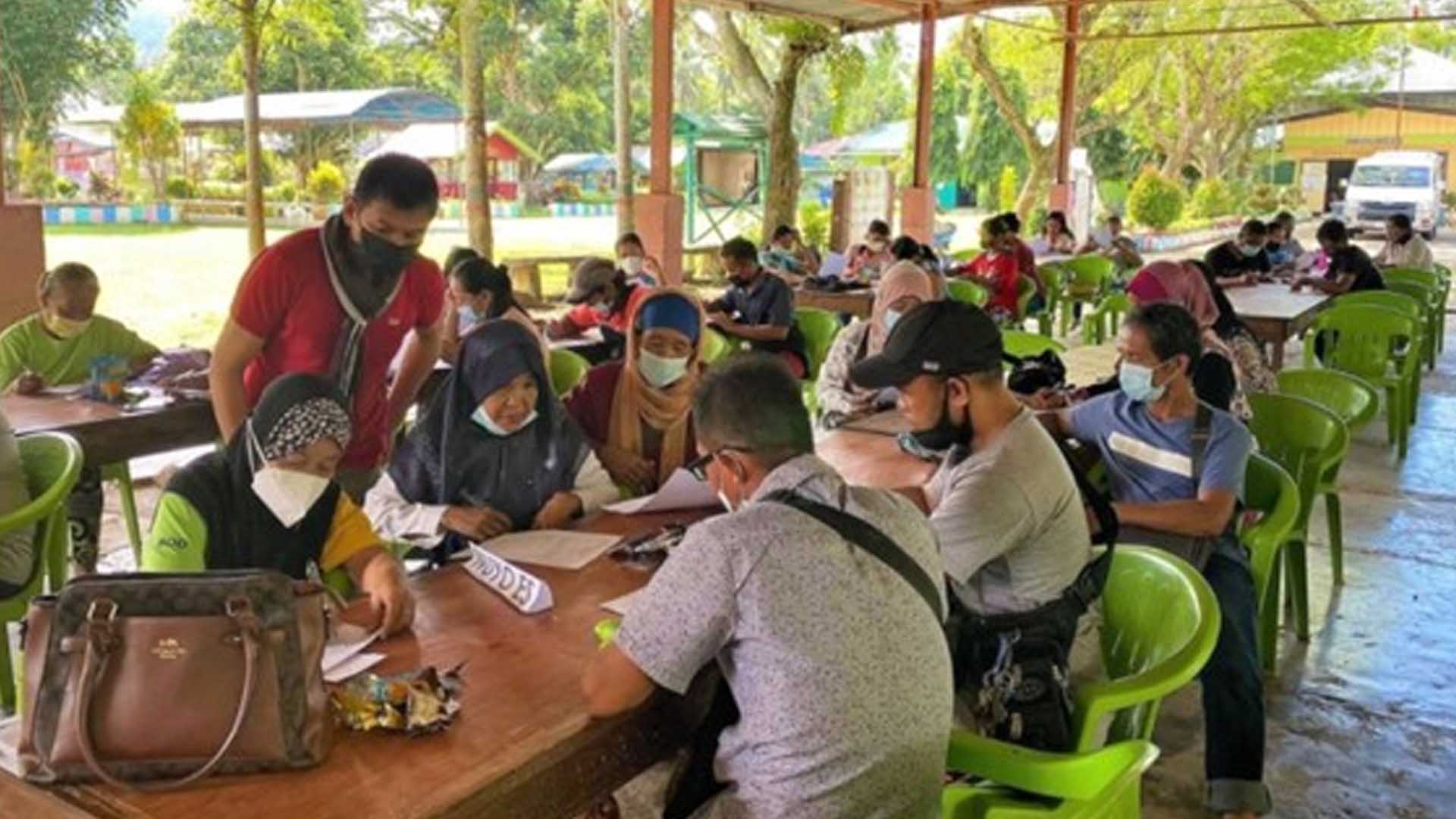The Barangay Justice system has been around in the Philippine Justice System since 1978. Former President Ferdinand E. Marcos enacted PD 1508 to institutionalize the creation of Barangay Courts throughout the country. The law creating the system recognized the Filipinos’ time-honored tradition of settling disputes amicably within the confines of the family and the community. It also aimed at decongesting the courts with pending cases.
After the Edsa Revolution, the establishment of the Barangay Justice System became part of the 1991 Local Government Code. The code highlighted the strength of the Barangay Justice System lies in the community.
But how far are community members aware of the functions of the Barangay Justice System? How many of them, do in fact, believe that it can be part of the efforts to build peace in the community?
To answer these questions, Synergeia, in partnership with the Global Community Engagement Resilience Fund (GCERF), conducted a series of town-hall meetings in the municipalities of Piagapo, Lanao Del Sur; Buldon, Maguindanao, and Jolo, Sulu. The activity is a part of a broader program that Synergeia conducts in BARMM in partnership with GCERF.
In 2020, Synergeia launched Project BRAVE ( Building Resilience Against Violent Extremism) in the three previously mentioned municipalities and the Municipality of Kapatagan, Lanao Del Sur. The whole project aims to mobilize communities to create strategies to prevent violent extremism (PVE). It calls for Local School Boards and School Governing Councils to make PVE activities part of their community action plans. The project also recognizes the need to establish effective grievance systems in the community and allow members to resolve conflicts peacefully. In acknowledging the need for a grievance system, Synergeia has included raising the awareness level of the community on the Barangay Justice System. It also will implement activities to help members of the Lupong Tagapamayapa ( Barangay Courts) better dispense their duties to the community.
So what were the results of the town hall meeting?
A look at some of the results of the baseline assessment conducted at the start of the meeting, revealed the following:
- Seventy-five percent (75% out of a total of 239 participants ) had no experience with the Barangay Justice System.
- 49.72% – thought that it referred to the community assembly held to discuss government programs.
- Almost everyone ( 93%) knew that the Barangay Captain sits as the head.
- Half of the respondents were aware that some prefer to settle disputes outside the Barangay Justice System.
- 76% believed that timidity was the main reason for settling disputes outside the barangay.
- A quarter of disputes are settled amicably between conflicting parties; ANother quarter mentioned that they sought the help of the Barangay Chairman. 12% would approach their elders. 13% went directly to the police to ask for assistance.
From those who already experienced being part of the Barangay Justice System, Synergeia was able to gather the following:
- The most common cases brought to the attention of the Barangay Courts were:
- Family Conflicts
- Conflicts between neighbors and other community members
- Trespassing
- Non-payment of Debts
-87% shared that the Barangay Chairman helped resolve the conflict by calling everyone involved and listening to both sides.
Towards the end of the workshops, the participants also shared their commitments to strengthen the Barangay Justice System.
Apipa Acoon, a participant from Piagapo promised to campaign, “about the existing Barangay Justice System to her constituents. She will also encourage them to raise disputes to the Barangay at once.
A young participant spoke of the need to be vigilant about his surroundings and be courageous enough to report suspicious activities to the Barangay Officials
Babuh Amma , from Jolo emphasized the need to listen to both sides and avoid the trap of believing in baseless assumptions.
Overall the respondents had a consensus on how to strengthen the Barangay Justice System. More than half suggested the following steps:
- Build the capacity of the residents to understand what their rights are.
- Build the skills of the barangay on conflict-mediation.
– Organize more barangay assemblies.
– Enable the residents to become more familiar with the responsibilities of the barangays.
Synergeia will strive to work on these suggestions in our upcoming activities under Project Brave. In doing so, we do hope to make the Barangay Justice System an effective tool for peace-building.






















